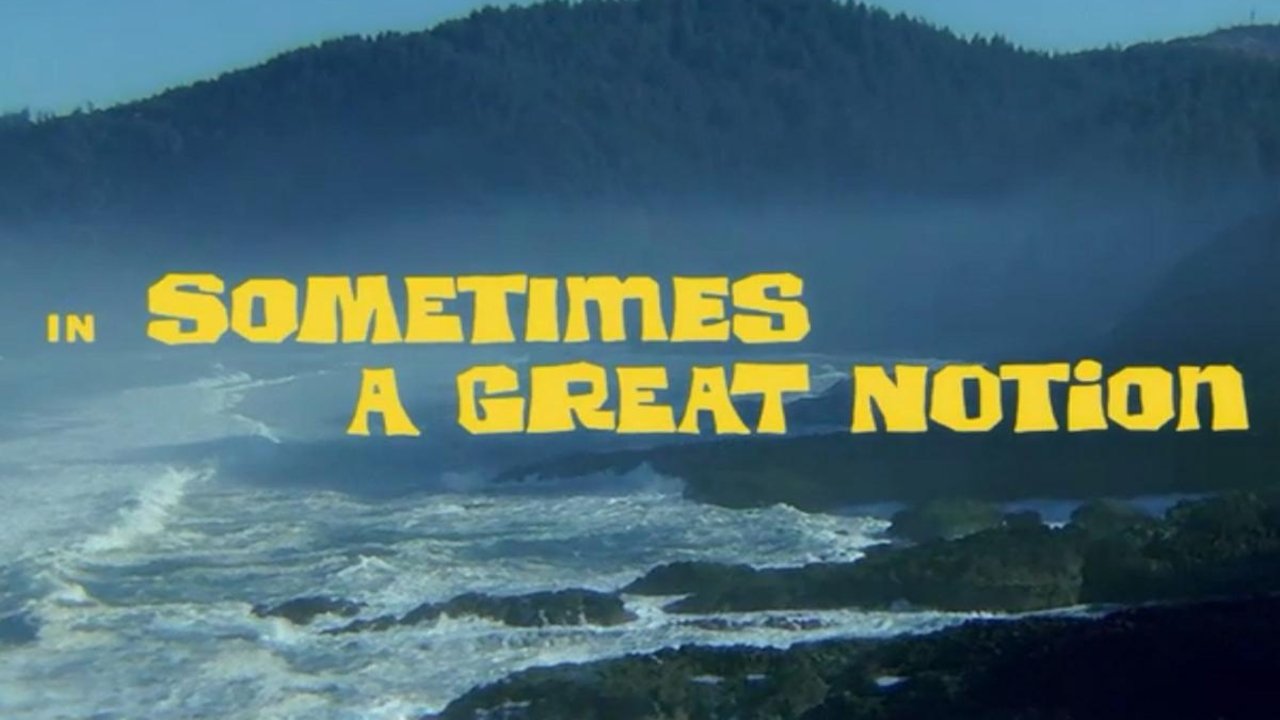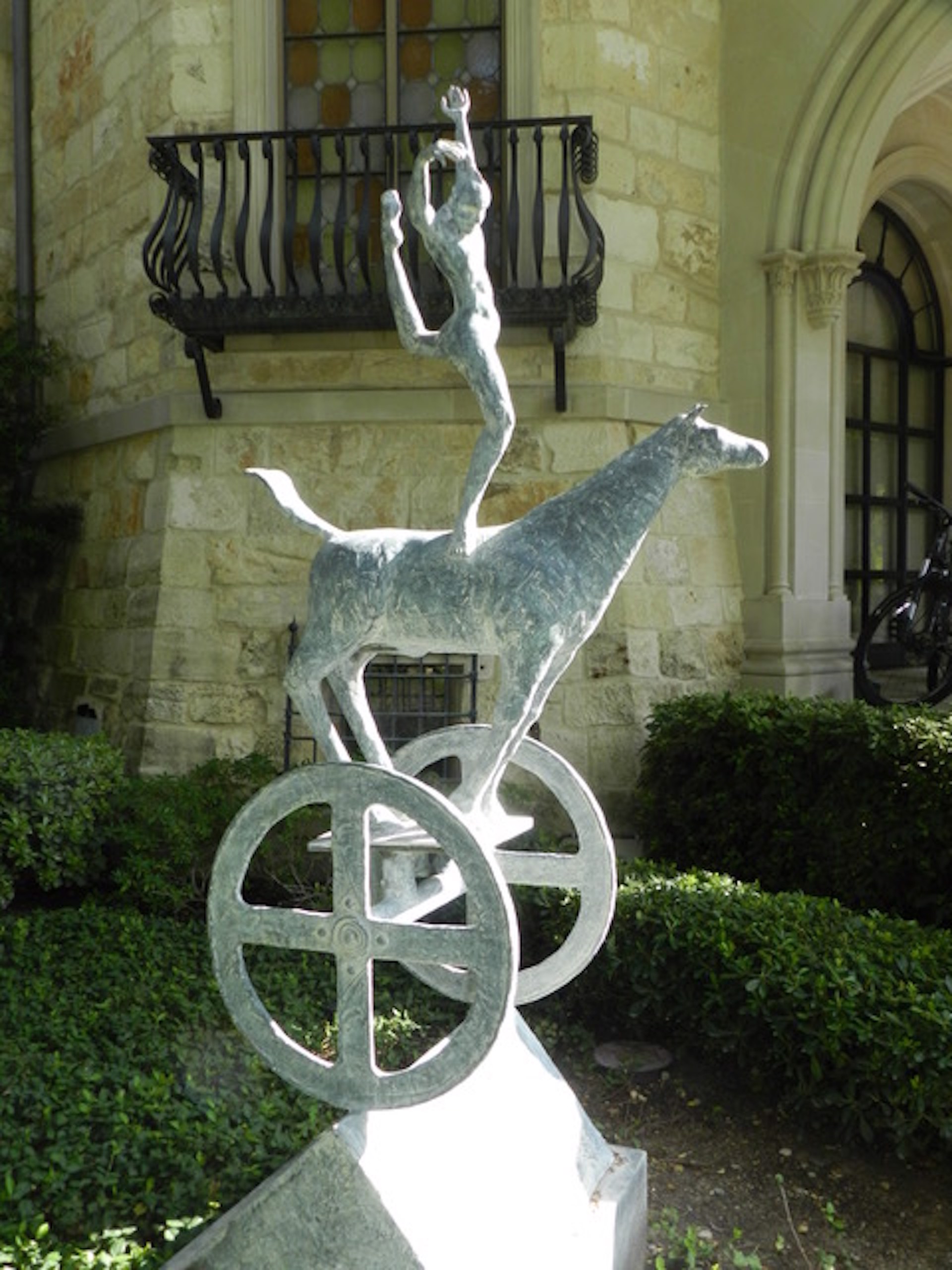
An avid reader and filmgoer, the young Kesey took John Wayne, Edgar Rice Burroughs and Zane Grey as his role models (later naming a son Zane) and toyed with magic, ventriloquism and hypnotism. He graduated from Springfield High School in 1953. Kesey was a champion wrestler in high school and college in the 174-pound (79 kg) weight division, and almost qualified to be on the Olympic team, but a serious shoulder injury halted his wrestling career. When Kesey was 10 years old, the family moved to Springfield, Oregon in 1946. Kesey was born in 1935 in La Junta, Colorado, to dairy farmers Geneva (née Smith) and Frederick A. After a third novel ( Sailor Song) was released to lukewarm reviews in 1992, he reunited with the Merry Pranksters and began publishing works on the Internet until ill health (including a stroke) curtailed his activities. James, Kate Millett, Stewart Brand, Saul-Paul Sirag, Jack Sarfatti, Paul Krassner and William S. Levon"-he continued to regularly contribute fiction and reportage to such publications as Esquire, Rolling Stone, Oui, Running, and The Whole Earth Catalog various iterations of these pieces were collected in Kesey's Garage Sale (1973) and Demon Box (1986).īetween 19, Kesey published six issues of Spit in the Ocean, a literary magazine that featured excerpts from an unfinished novel ( Seven Prayers by Grandma Whittier, an account of Kesey's grandmother's struggle with Alzheimer's disease) and contributions from writers including Margo St. In addition to teaching at the University of Oregon-an experience that culminated in Caverns (1989), a collaborative novel by Kesey and his graduate workshop students under the pseudonym "O.U.

Shortly thereafter, he returned home to the Willamette Valley and settled in Pleasant Hill, Oregon, where he maintained a secluded, family-oriented lifestyle for the rest of his life. In 1965, after an arrest for marijuana possession and faking suicide, Kesey was imprisoned for five months. Kesey's second novel, Sometimes a Great Notion-an epic account of the vicissitudes of an Oregon logging family that aspired to the modernist grandeur of William Faulkner's Yoknapatawpha saga-was a commercial success that polarized critics and readers upon its release in 1964.

He mentored the Grateful Dead (the Acid Tests' de facto house band) throughout their incipience and continued to exert a profound influence upon the group throughout their career.

Īfter One Flew Over the Cuckoo's Nest was published, Kesey moved to nearby La Honda, California, and began hosting happenings with former colleagues from Stanford, miscellaneous bohemian and literary figures (most notably Neal Cassady) and other friends collectively known as the Merry Pranksters these parties, known as Acid Tests, integrated the consumption of LSD with multimedia performances. During this period, Kesey participated in government studies involving hallucinogenic drugs (including mescaline and LSD) to supplement his income. He began writing One Flew Over the Cuckoo's Nest in 1960 after completing a graduate fellowship in creative writing at Stanford University the novel was an immediate commercial and critical success when published two years later. Kesey was born in La Junta, Colorado, and grew up in Springfield, Oregon, graduating from the University of Oregon in 1957.

He considered himself a link between the Beat Generation of the 1950s and the hippies of the 1960s. Ken Elton Kesey (September 17, 1935 – November 10, 2001) was an American novelist, essayist and countercultural figure.


 0 kommentar(er)
0 kommentar(er)
